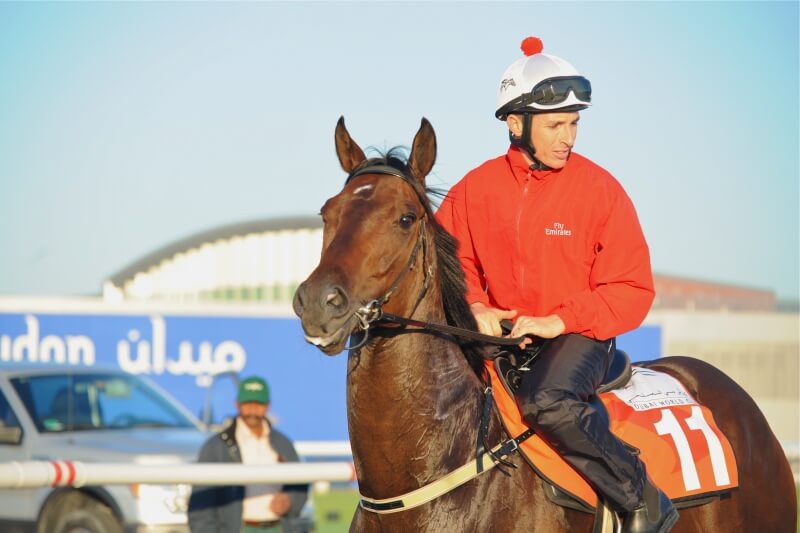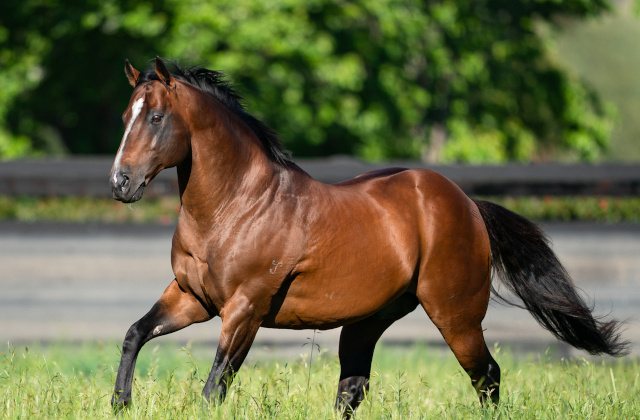Dubai – where Vision becomes Reality

It had been ten years since we had last attended the Dubai World Cup meeting, in 2001, when Captain Steve took out the feature race.
However, the 2011 renewal, which I attended as a guest of Falcon, impressed as much for what we saw off track as for what we saw at Meydan, and that is not easy to do because Meydan is almost beyond comprehension in scale and quality. As always, the organisation of the event was super-efficient, and the hospitality most generous.
We had read a lot about Dubai’s new racetrack, but nothing could have prepared us for what we saw at Meydan. It is built to serve Dubai’s racing needs far into the future, with every conceivable detail in place to make life easy for horses and humans. The tracks are magnificent, one turf and one artificial, and all of it is so close to the hotels and CBD of Dubai.
The raceday itself was a celebration of equine excellence with $US26 million of prize money for distribution over eight races. Arrowfield was fortunate enough to have its part-owned four-year-old gelding Better Be The One (pictured at trackwork in Dubai before the race) invited to compete in the $US1 million Al Quoz Sprint G2 over 1000 metres. He performed creditably, finishing third, beaten two heads by international Group 1 sprinters J J The Jet Plane and Australian-bred War Artist at level weights. The result again highlighted the fact that Australian horses are at the top of the world in the sprint division.
Immediately after the race came the approach from Ascot, inviting Better Be The One to contest the five-furlong King’s Stand Stakes in June – not a bad consolation prize for the colt who was purchased as a stallion prospect, then had to be gelded to show his best. The Dubai World Cup itself was run at a very slow pace this year and threw up an unexpected, but popular Japanese quinella.
The development that has taken place in Dubai in the last decade defies belief. This small coastal city has been converted into a thriving 21st century metropolis. The far-sighted approach of its leaders to give the emirate world-class air and sea ports with all supporting infrastructure has driven Dubai to a prime position as a logistics and transport hub for the region. It goes on from there: tourism, financial services, etc – all of world-class standard. It is difficult to comprehend that it is all built on desert and on land reclaimed from the sea.
In 2007 Dubai, with its aggressive capital development programme fuelling private investment, especially in real estate, was well and truly in the grip of the pre-GFC world boom. Not surprisingly, the world downturn had a serious impact on Dubai’s balance sheet and on its borrowings. Dubai has survived this turmoil.
At the end of my four-day stay I could not help but think that we Australians should make a conscious effort to set horses for the Dubai World Cup meeting, given the prizemoney, the international prestige and the sheer fun of it all.


